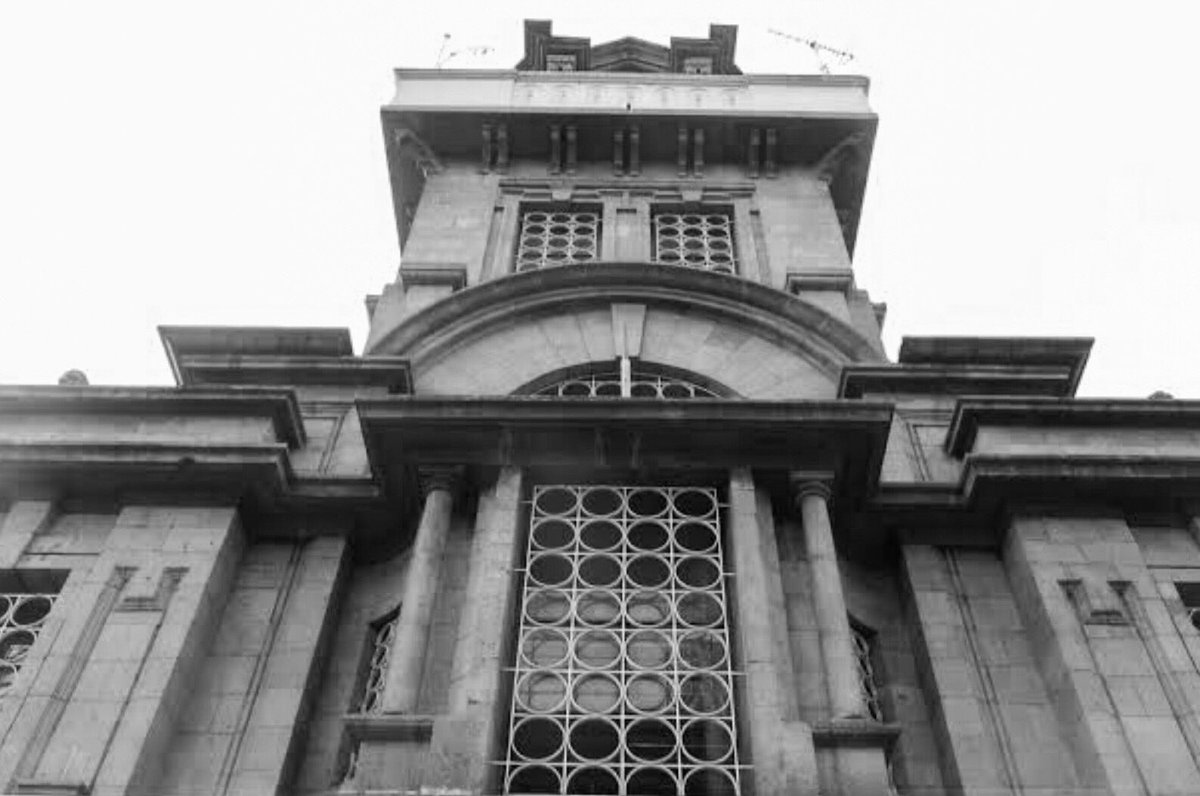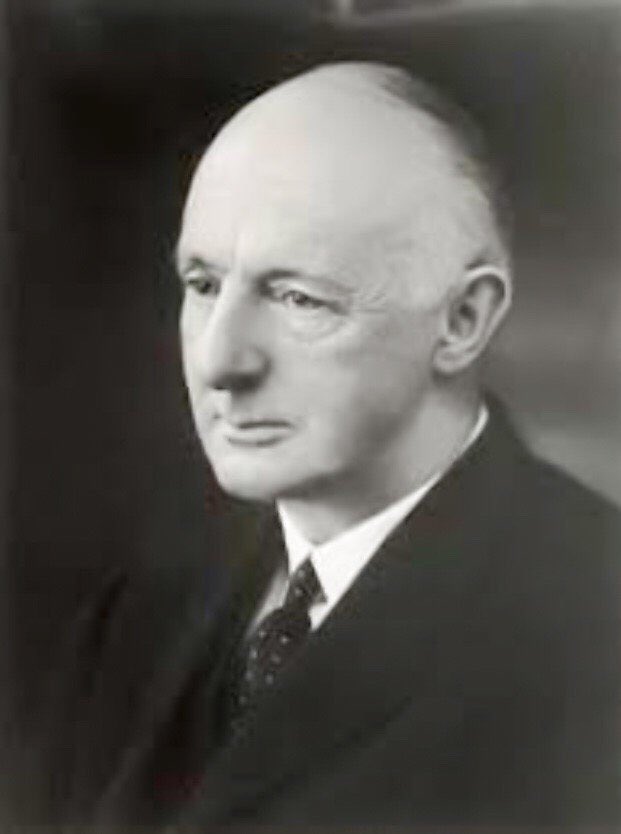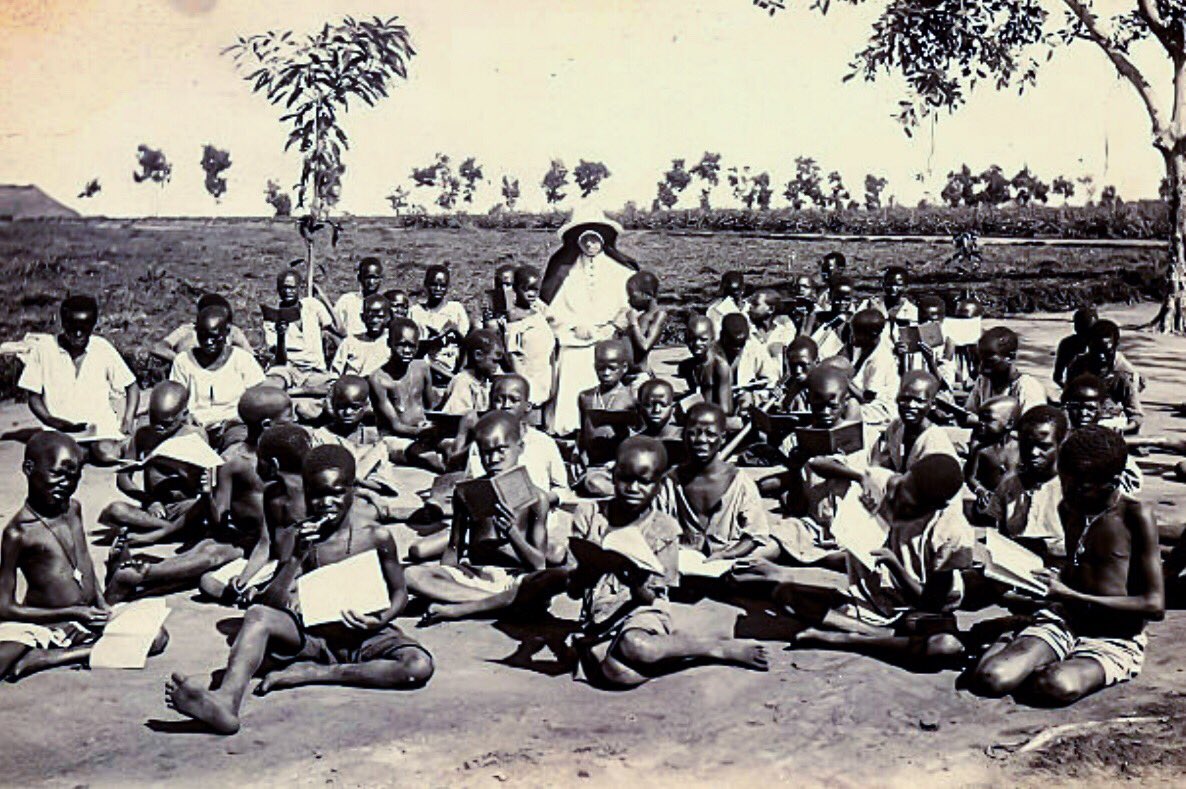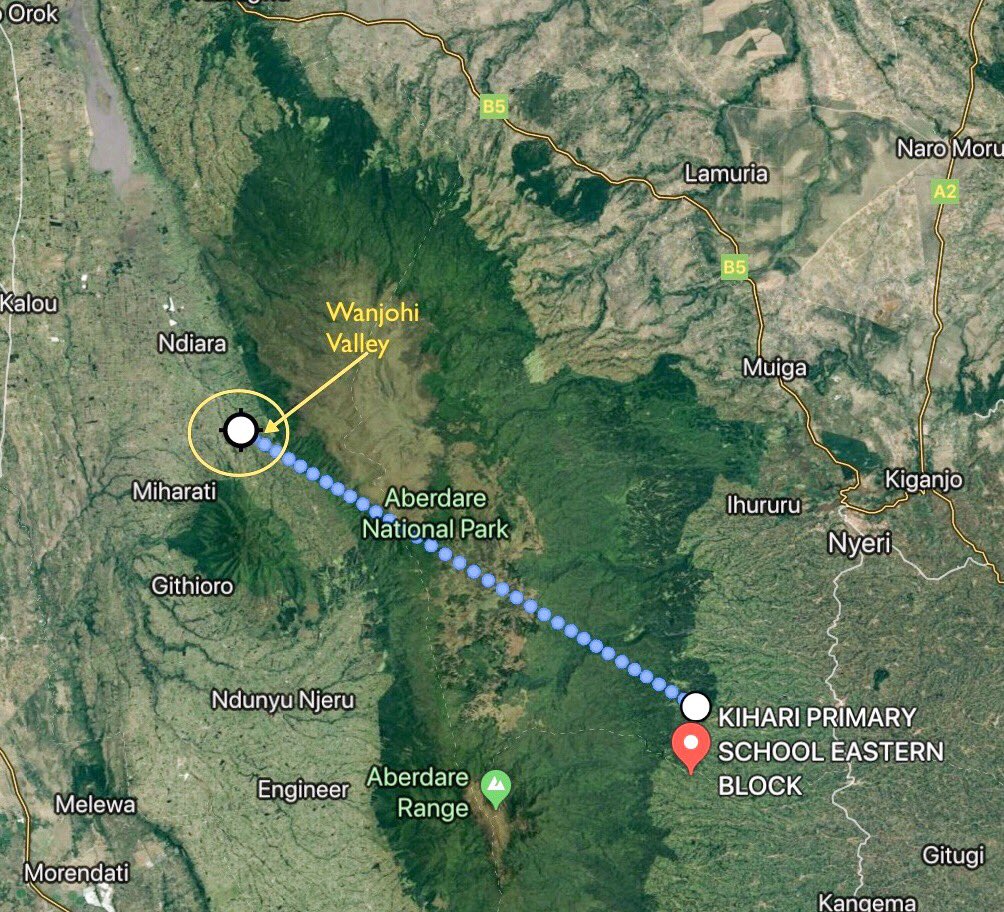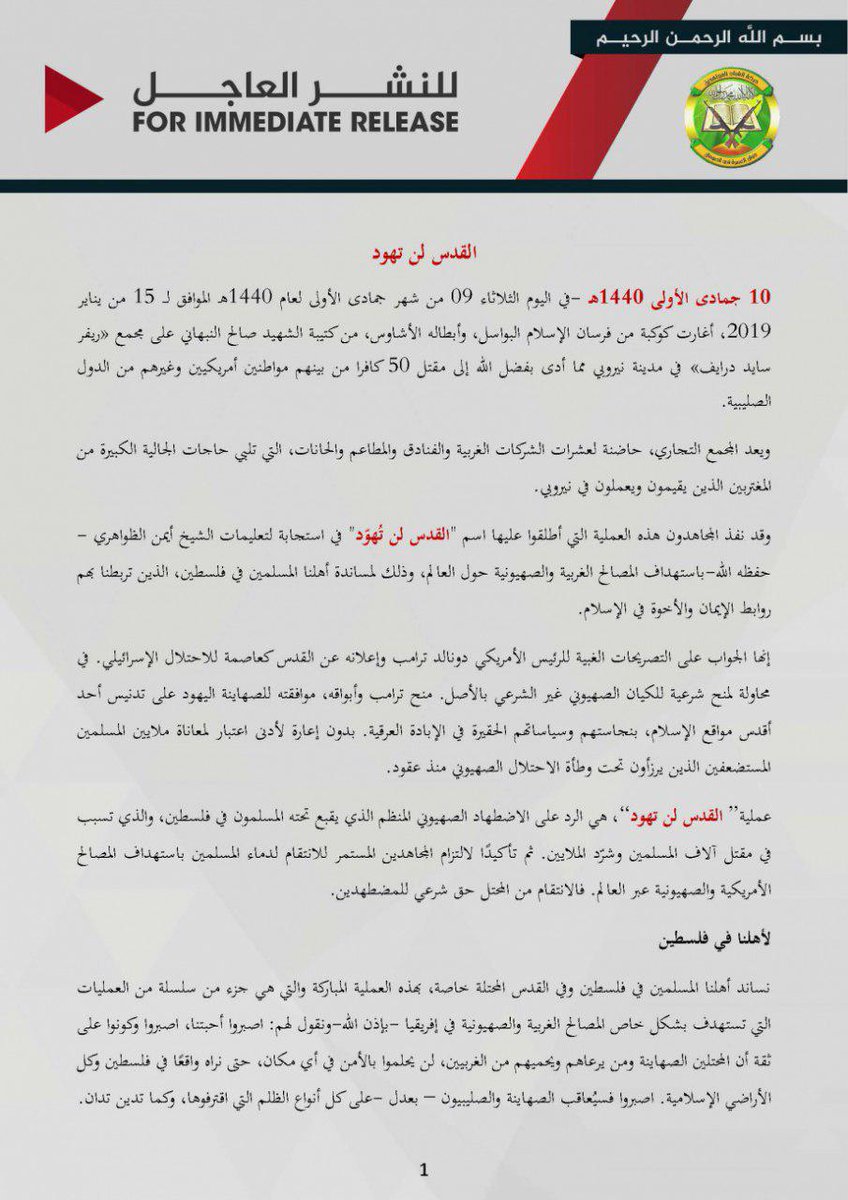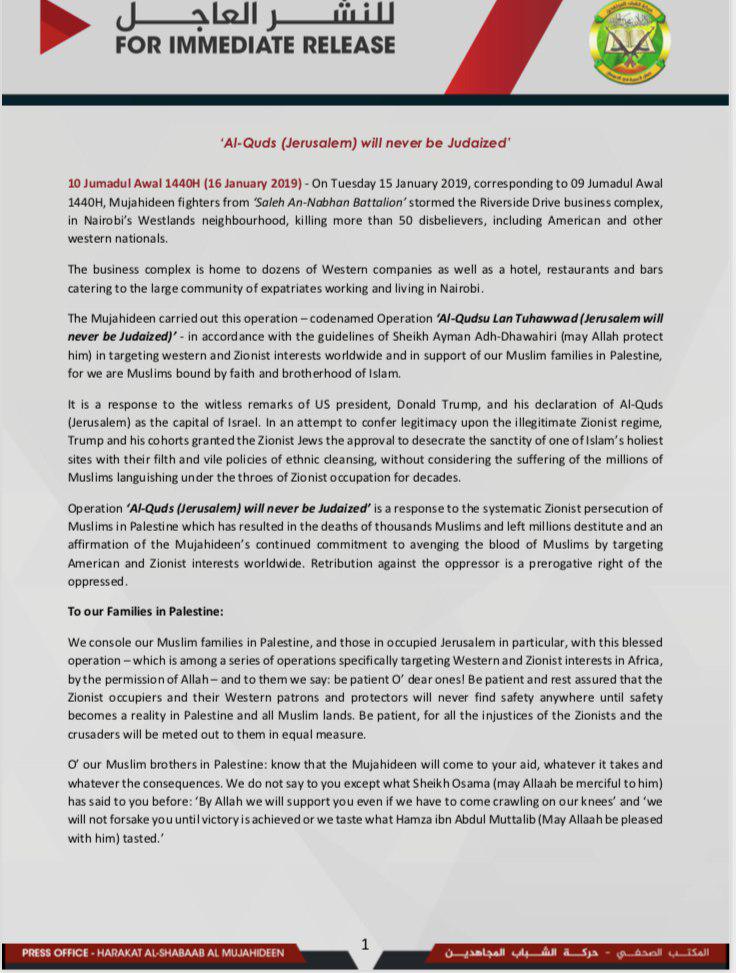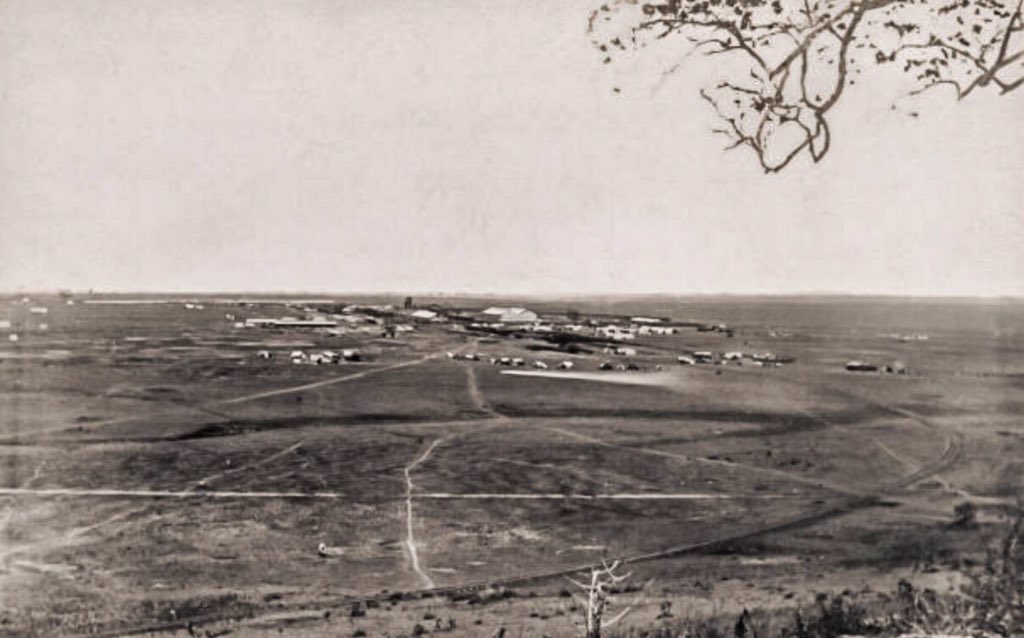
As a result, the proposal was abandoned.
(Trial By Jury was a comic act first produced in London in the 1870s).
The railway line was removed later and the building became a centre from which the colonial government issued passes, or Kipande/Vipande, to African workers.
It wasn’t until later in the 1940s that the Nairobi National Park was created further south.
That’s how Ted Roosevelt saw Nairobi in 1910.






